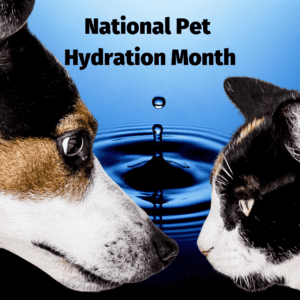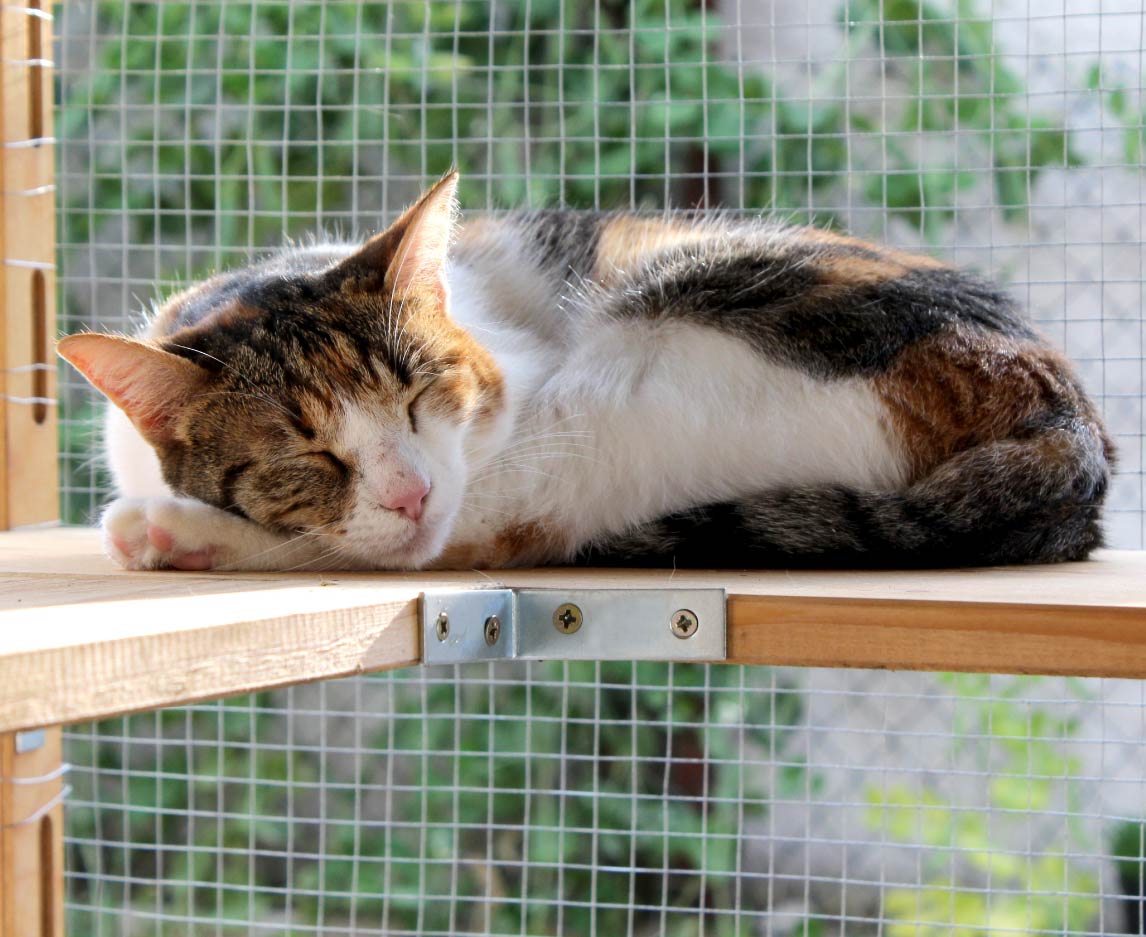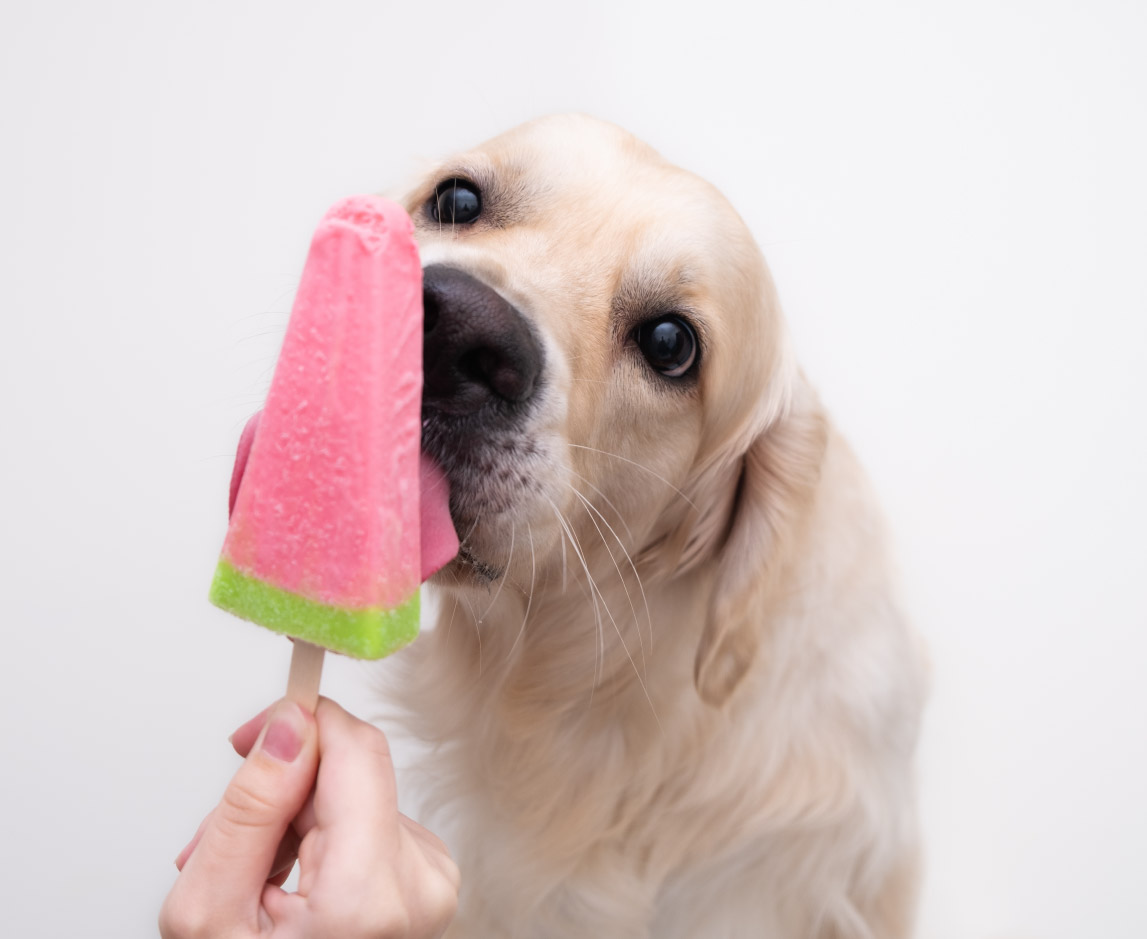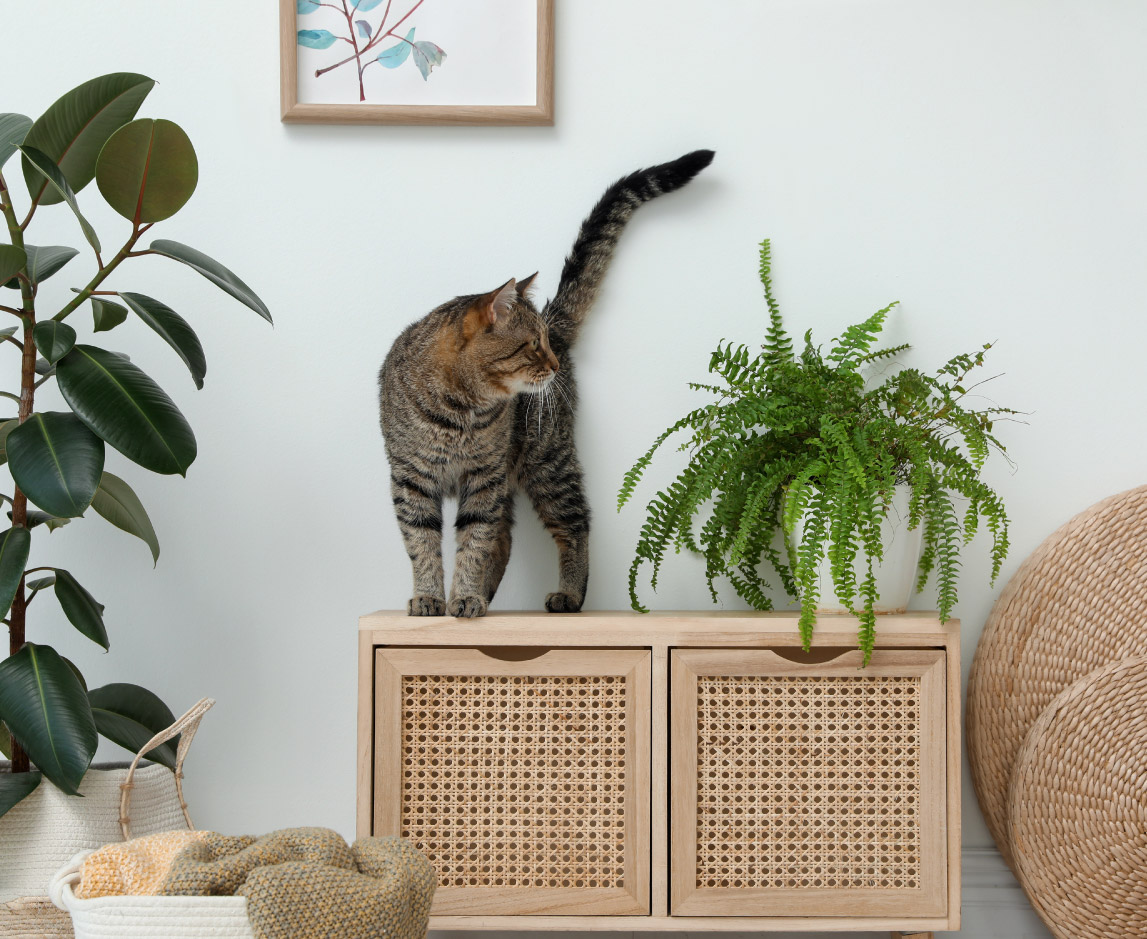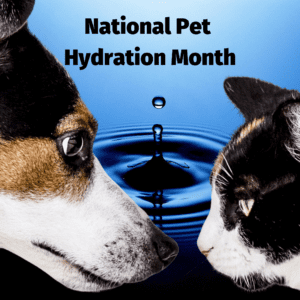 The importance of humans staying hydrated has been a very hot topic of discussion in modern times. In fact, it's almost the exception rather than the rule for staying hydrated not to come up in almost any health related conversation. Considering that for pets, much like their human companions, hydration is vital to health, it's kind of odd that we don't necessarily hear as much talk concerning the topic. Perhaps it is this reason that July is National Pet Hydration Awareness Month.
The importance of humans staying hydrated has been a very hot topic of discussion in modern times. In fact, it's almost the exception rather than the rule for staying hydrated not to come up in almost any health related conversation. Considering that for pets, much like their human companions, hydration is vital to health, it's kind of odd that we don't necessarily hear as much talk concerning the topic. Perhaps it is this reason that July is National Pet Hydration Awareness Month.
While pet hydration is important year round, July presents an especially fitting time to pay close attention as it is typically the hottest month in the US. Many of the benefits of proper hydration impact both people and pets, such as: preventing infection/disease, increased energy, skin and/or coat quality, maintain healthy body temperature and blood pressure/circulation, filter waste and improved digestion, and speed recovery from illness or injury...among many others. We are very aware that our bodies are made up of a large percentage of water, however, many people are unaware that pet's bodies actually may contain a higher percentage of water.
While the importance and benefits of hydration are very similar for dogs and cats, canines and felines have very different thirst drives. Cats began their evolutionary journeys as desert dwellers living in habitats with low moisture/water availability. The resulting lower thirst drive leaves cats prone to dehydration which can often result in urinary tract health issues. While cats can vary in their water consumption, some cats do best with a combination of wet and dry food throughout the day or by adding supplemental, moisture rich options to their diet. Some examples of high moisture, supplemental options are: goat's milk, bone broth and our four ingredient Tapa and Sashi pouches.
Dogs on the other hand have a very strong thirst drive. With this being the 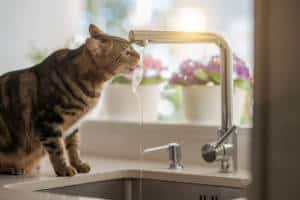 case, typically by providing a steady supply of available water most dogs will remain well hydrated. One often overlooked concern for both dogs and cats is how they receive their water. You always want to make sure the dish is kept clean and the water kept fresh. Still water can be a breeding ground for all sorts of bacteria. Also, due to a cat's tongue being covered in tiny barbs called papillae, they do not efficiently lap water. Cats are drawn to fresh water sources which is why they can often be found drinking from dripping faucets, or fountains.
case, typically by providing a steady supply of available water most dogs will remain well hydrated. One often overlooked concern for both dogs and cats is how they receive their water. You always want to make sure the dish is kept clean and the water kept fresh. Still water can be a breeding ground for all sorts of bacteria. Also, due to a cat's tongue being covered in tiny barbs called papillae, they do not efficiently lap water. Cats are drawn to fresh water sources which is why they can often be found drinking from dripping faucets, or fountains.
In closing, especially during the summer months, but really year round, remember hydration is an important aspect of pet health! While all pets are unique and hydration needs will vary, a good general rule is that for each pound of body weight a pet needs about one ounce of water daily.


